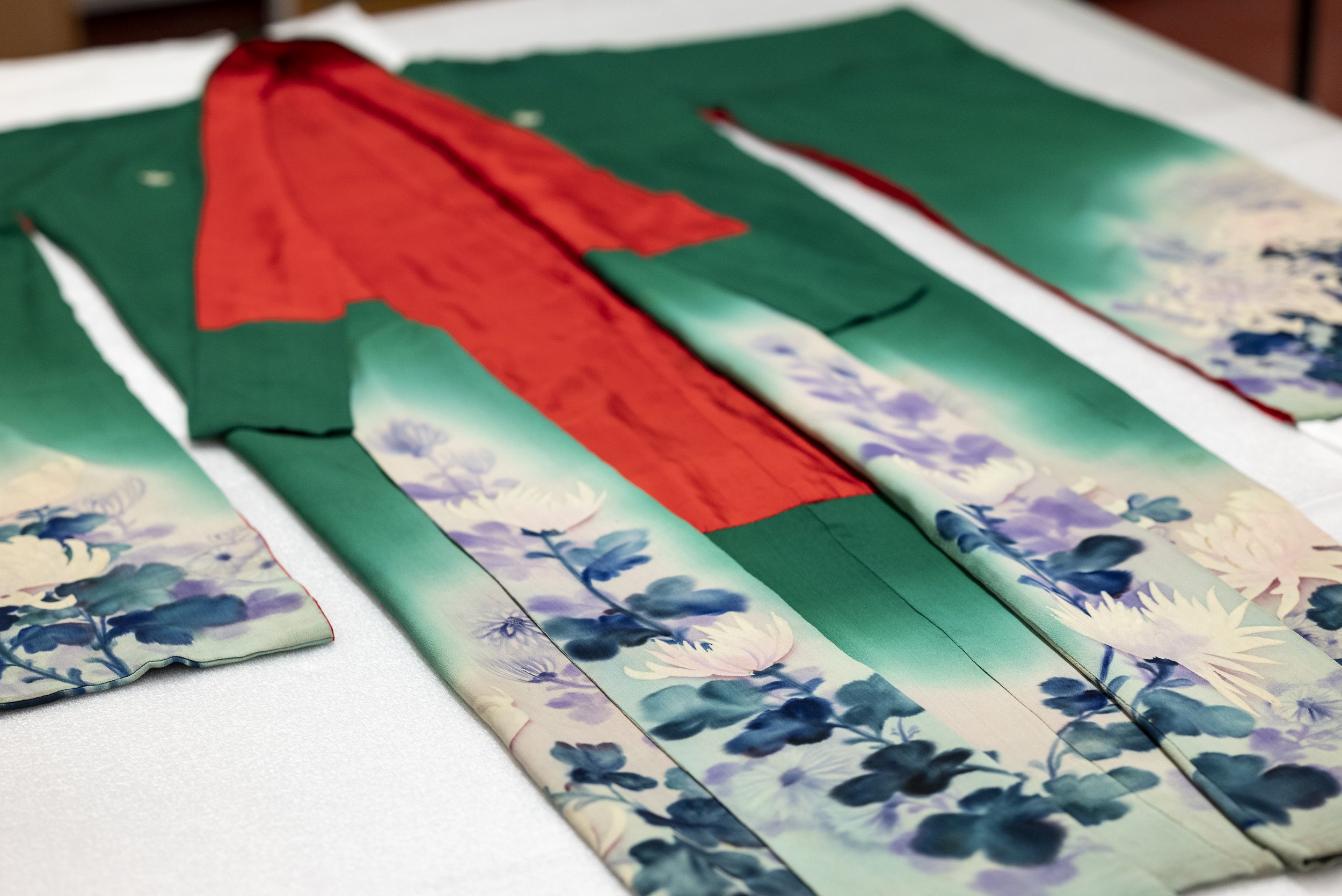Assessing Museum Collections in 2022
Objects being transferred to the to the education and programing departments of the Galt, to be actively used in hands-on events, experiences and classes.
Lethbridge—Collecting museum artifacts is a living, breathing process that requires routine critical examination, particularly in regard to how objects relate (or don’t relate) to an institution’s mandate.
As the primary steward of local history in southwestern Alberta, the Galt Museum & Archives | Akaisamitohkanao’pa always strives to accurately and faithfully represent and serve the communities in which it resides. In 2010, staff at the Galt began to actively assess objects in the collections that do not fit within the museum’s mandate of preserving the human history of Lethbridge and southwestern Alberta.
Deaccessioning is the practice of officially removing an item from the holdings of a library, museum or gallery, and can be undertaken for a variety of reasons. It can often be as simple as having the same object in better condition than the item being deaccessioned. Other times, the object has a more appropriate home elsewhere due to its cultural context. For example, a kimono previously purchased from Japan in the 1920s will soon be transferred from the Galt to Nikka Yuko Japanese Gardens to be accepted into their own collection. To learn more about deaccessioning, including the reasons it is undertaken, visit our Deaccessioning FAQs page at galtmuseum.com/deaccessioning-questions.
A kimono from 1920s Japan to be transferred from the Galt Museum collection to Nikka Yuko Japanese Gardens.
In late 2022, the Galt Museum & Archives Board of Directors approved a decision to deaccession 195 items from the permanent collection. Each object has been carefully considered and researched by museum staff, in collaboration with the Galt’s Cultural History Collections Committee, which is comprised of community representatives. The work involved in these deaccessioning audits was made possible with grants from the Alberta Museum Association.
Objects in the Galt Museum collections were considered to be eligible for deaccessioning if: there was no discernible connection to the Galt’s localized collecting region, there were more significant connections to other geographical areas, or they were duplicates of objects in better condition already held in the Galt’s holdings. Crucially, many deaccessioned items are given new lives in education departments or other institutions and collections.
Key Facts
All 195 objects are personal artifacts like shoes, clothes, jewellery and smoking accessories.
17% of the artifacts will be transferred to the education and programming departments of the Galt, to be actively used in hands-on events, experiences and classes.
30% of the items are being offered to other public institutions free of charge. Receiving institutions need only pay the transportation costs.
Any objects not desired by public institutions (the remaining 53%) will be offered for public sale through qualified vendors/auctions. Any funds raised from public sale are reinvested into caring for objects in the museum collection.
Collecting and conserving artifacts, like history itself, is never static—it is a process that evolves over time and museum best practices dictate that it should be re-examined regularly. Deaccessioning is a critical aspect of maintaining fresh eyes on an institution’s communities, mandate and perspective on history.
—30—
This media release can be found at www.galtmuseum.com/news.
Media Contacts
Darrin J Martens (he/him)
Aaká óóhkotoki (Many rocks)
Chief Executive Officer / Executive Director
Darrin.Martens@galtmuseum.com
403.329.7300



